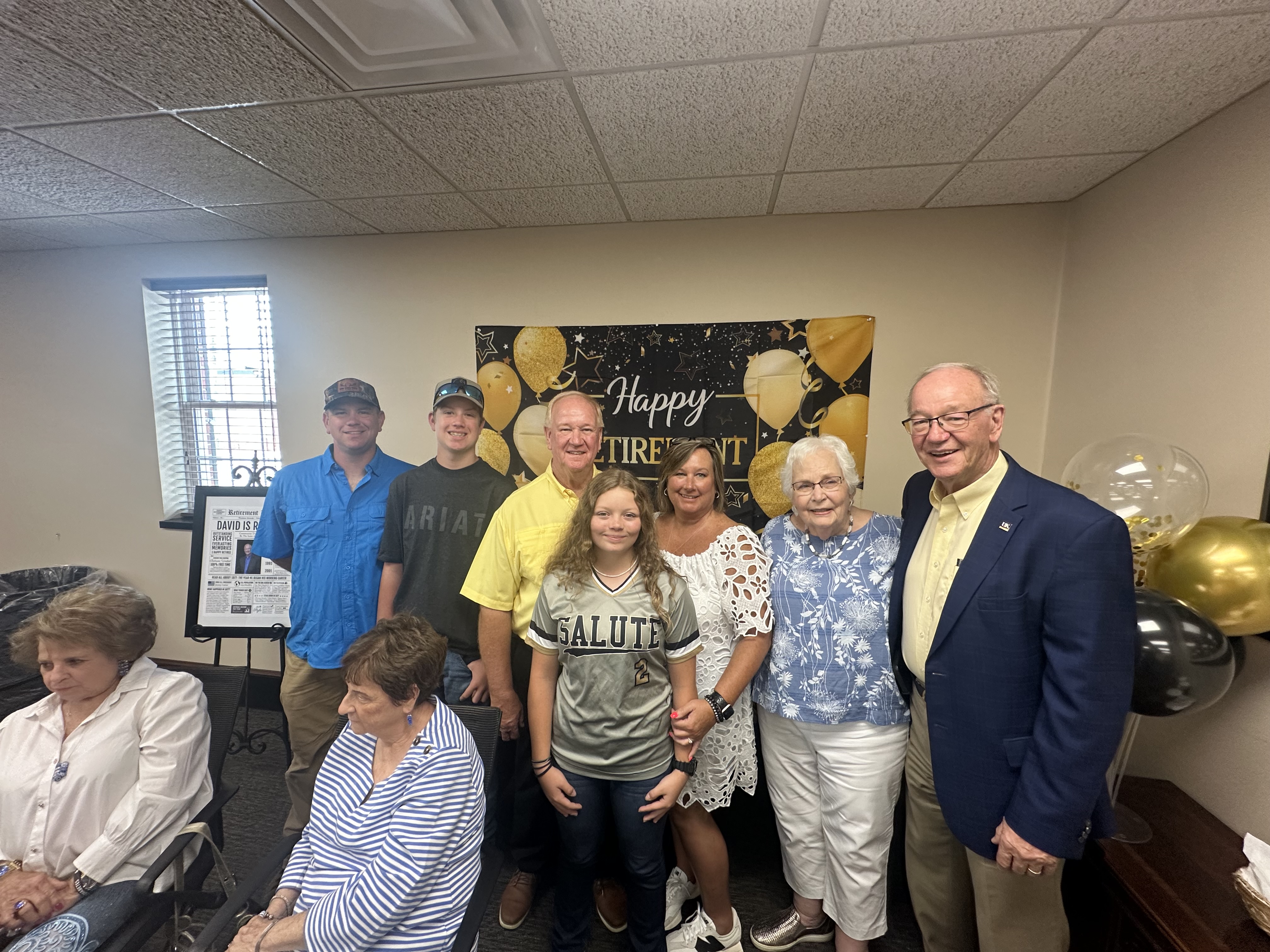Health and Mind: Safe toys and gifts for children
Published 10:45 am Wednesday, December 6, 2023
|
Getting your Trinity Audio player ready...
|
By Shaundra King
Clark County Health Department
HANDS is a program in every community in Kentucky to support parents beginning in pregnancy and lasting up to a child’s second birthday. HANDS is an early childhood program that serves families in the Clark and Powell Counties. All services are free and voluntary. HANDS provides families with information on having a healthy pregnancy, caring for your child, how to bond with your baby, how to support that child with early experiences in life that supports the child’s lifetime brain development, and creating safe and healthy homes.
In honor of the families we serve and safe toys and gifts month, below is some helpful information regarding choosing safe toys and gifts for children.
Always read labels to ensure a toy is appropriate for a child’s age. Guidelines published by the U.S. Consumer Product Safety Commission (CPSC) and other groups can help you make those buying decisions.
Keep these specific guidelines in mind:
Battery-operated toys should have battery cases that are secure with screws so that kids cannot pry them open. Batteries and battery fluid pose serious risks, including choking, internal bleeding, and chemical burns.
When checking a toy for a baby or toddler, ensure it’s unbreakable and strong enough to withstand chewing.
Most riding toys can be used once a child can sit up well while unsupported — but check the manufacturer’s recommendation. Riding toys like rocking horses and wagons should have safety harnesses or straps and be stable and secure enough to prevent tipping.
Hand-me-down and homemade toys should be checked carefully. They may not have been tested for safety. Do not give your infant painted toys made before 1978; they may have paint that contains lead.
Stuffed animals and other toys that are sold or given away at carnivals, fairs, and in vending machines are not required to meet safety standards. Check carnival toys carefully for loose parts and sharp edges before giving them to your infant.
Do not give toys with small parts (including magnets and “button” batteries, which can cause serious injury or death if ingested) to young children as they tend to put things in their mouths, increasing the risk of choking. If the piece can fit inside a toilet paper roll, it is not appropriate for kids under age three.
Do not give toys with ropes and cords or heating elements.
Do not give crayons and markers unless they are labeled “nontoxic”.
After you’ve bought safe toys, it’s also important to make sure kids know how to use them. The best way to do this is by supervising play. Playing with your kids teaches them how to play safely while having fun.
Parents should:
• Teach kids to put toys away.
• Check toys regularly to make sure that they aren’t broken or unusable.
• Wooden toys shouldn’t have splinters.
• Bikes and outdoor toys shouldn’t have rust.
• Stuffed toys shouldn’t have broken seams or exposed removable parts.
• Throw away broken toys or repair them right away.
• Store outdoor toys when they’re not in use so that they are not exposed to rain or snow.
And be sure to keep toys clean. Some plastic toys can be cleaned in the dishwasher, but read the manufacturer’s directions first. Another option is to mix antibacterial soap or a mild dishwashing detergent with hot water in a spray bottle and use it to clean toys, rinsing them afterward.
Reporting unsafe toys
Check the CPSC website for the latest information about toy recalls, or call their hotline at (800) 638-CPSC to report a toy you think is unsafe.
If you have any doubt about a toy’s safety, err on the side of caution and do not allow your child to play with it.






